Toledo in January Day 2
It’s cold again the next morning and when we do go out I waste time looking for the Iglesia de San Roman without success. Andrea loses patience since I then get a bit lost among Toledo’s streets and realise I haven’t been eating enough over the last few days. I crunch on some Reglas and we get into the El Greco Museum out of the cold. This is a state museum so Andrea gets free entry because he’s over 65 and I do because of the State Museums card I bought in Madrid.
The underground part is closed and the gardens chilly so we go into the house. Don Benigno de la Vega-Inclán y Flaquer, 2nd marquis of Vega-Inclan (1858-1942) was one of the most important patrons of the arts during the first half of the 20th century. In 1905 the Marquis bought some ruined houses near the Transito Synagoge, trying to recreate a 16th century environment and what could have been El Greco's house near where the artist actually lived.
The building includes this house, around the courtyard, with furniture from the same era and pottery from Talavera de la Reina and a Museum with a collection of paintings by El Greco, especially from this brilliant painter's last period, as well as canvases by other 16th and 17th century Spanish painters. In 1925, a chapel was built in the Museum area, in order to install the coffered ceiling and contextualize Saint Bernardine's altarpiece. It’s nice, nicer than I expected. On the way back we go into the Taller del Moro ‘museum’, an old Mudéjar palace from the 14th century, free entry.
By now, I have also recovered and guide us back to the Mercado Municipal for shopping and thence home without a wrong turn for a late lunch of boquerones.
In the afternoon it’s still cold, and it also pours with rain. After a brief detour to see the Cobertizos – narrow streets covered by buildings, we go to Museo de los Concilios y la Cultura Visigoda (free entry) which is…..obviously now I think about it, housed in the ex-Iglesia de San Roman. Never mind, the Mudejar church, with three naves separated by caliph horseshoe arches and Romanesque frescoes are splendid and we visit them in slow detail, mixed up with historical and artistic vestiges of the Visigothic kingdom of Toledo, and excellent reproductions of the votive crowns of the Tesoro de Guarrazar, also to avoid the deluge outside. The rain lets up as we leave and the sun sparkles in the drops on the trees in the little square outside.
We walk through the centre and Plaza Zocodero with the Mirador and statue of Cervantes to the Museo de Santa Cruz, also free. There’s a fine patio, an exhibition of paintings by El Greco and other Golden Age artists, a display of azulejos and ceramics and a room of typical costumes. It’s nice, definitely worth the visit. Again, we warm up before braving again the wind tunnel – this time with horizontal rain, back up to the Cafeteria de la Biblioteca for hot chocolate. Toledo is beautiful.






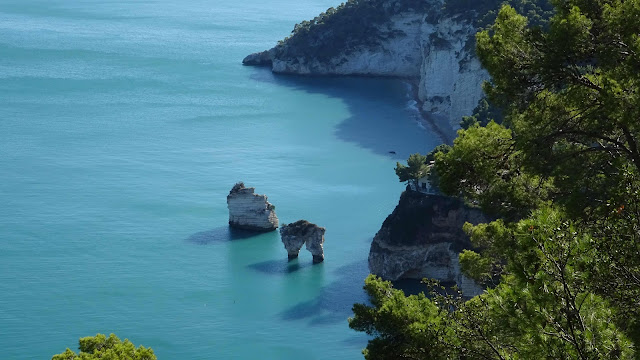

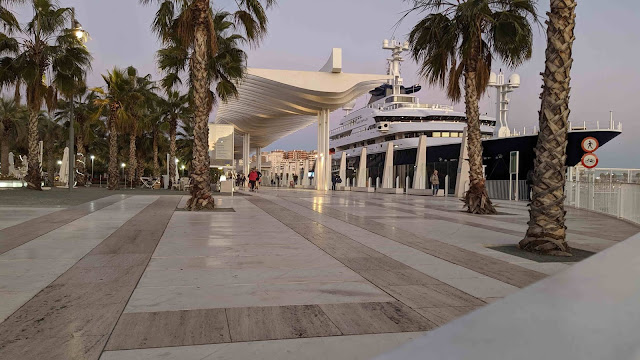


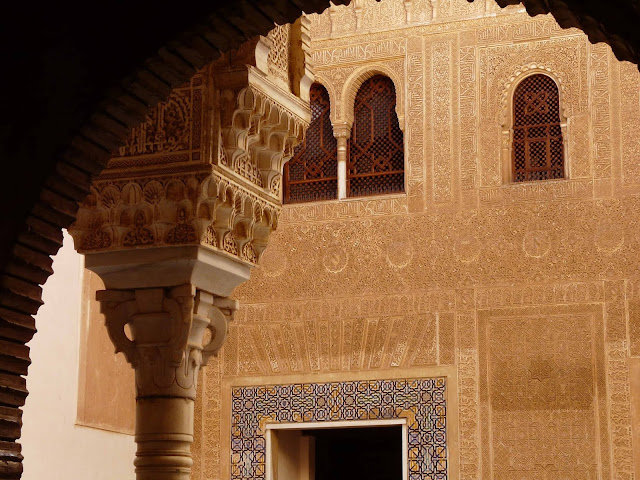
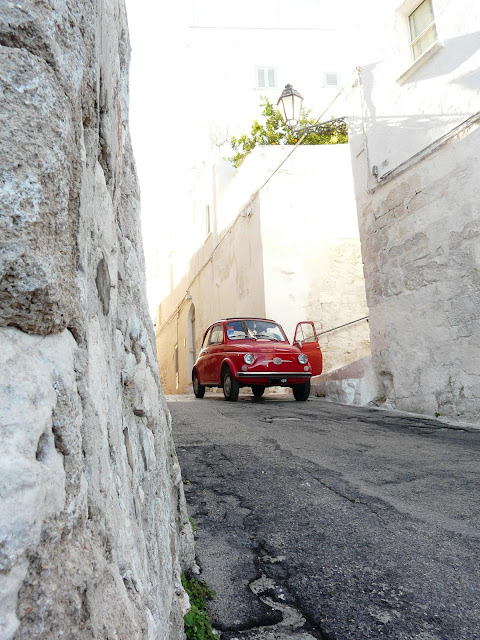
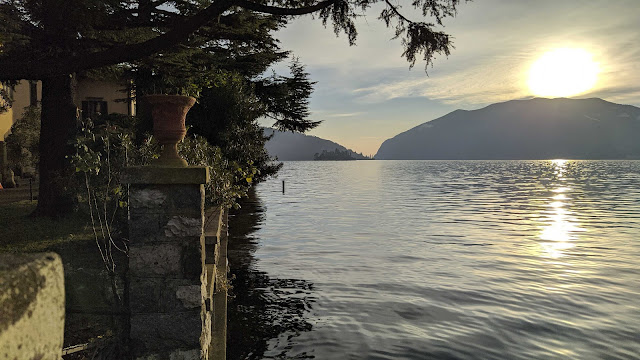

Comments
Post a Comment